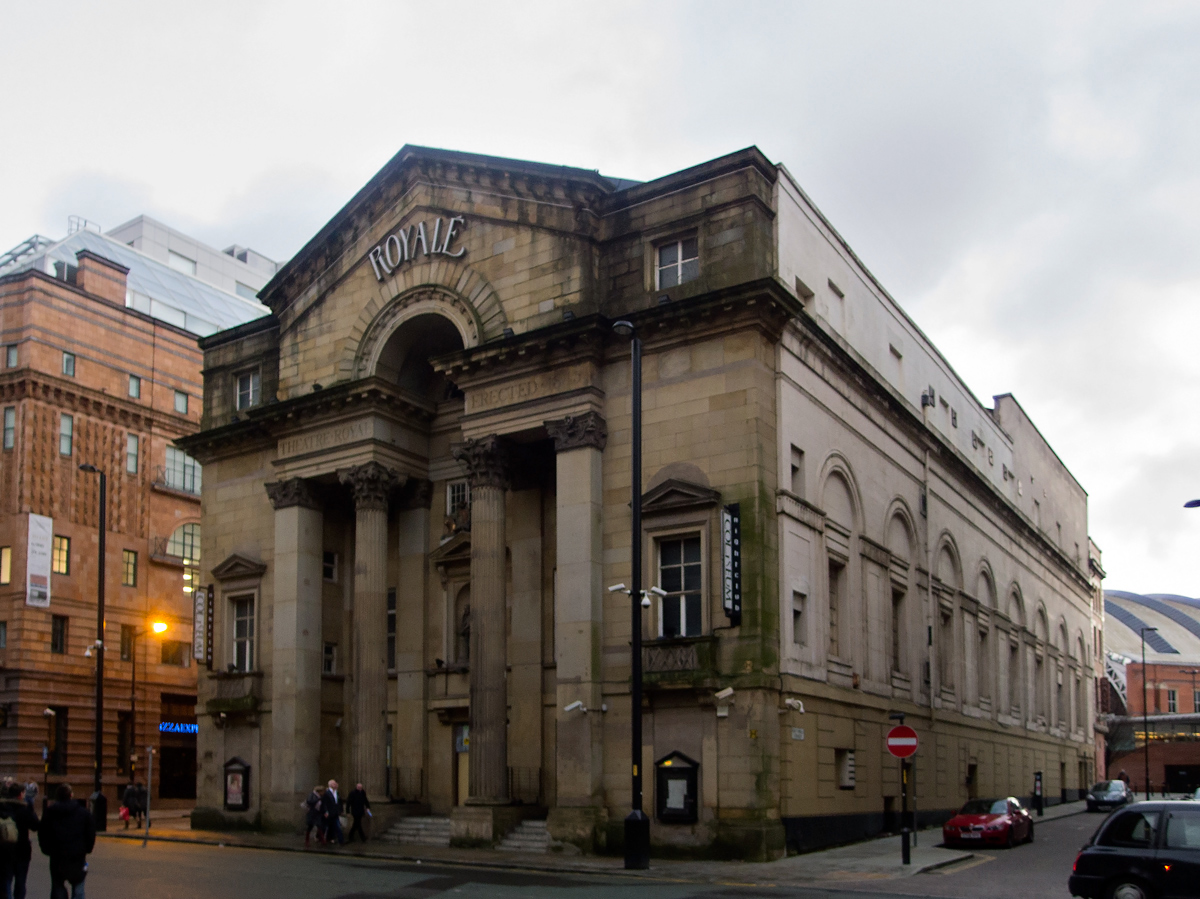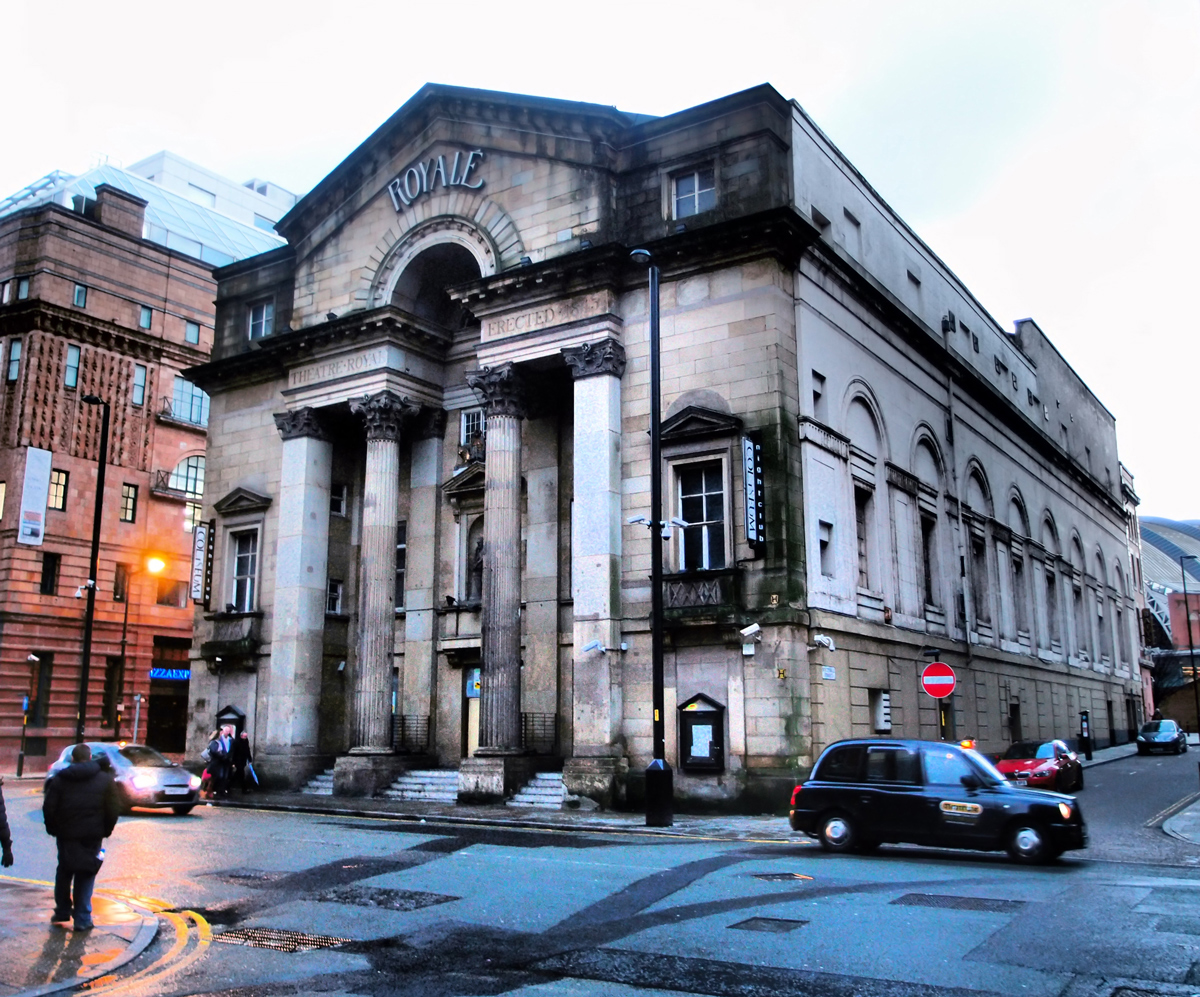If I could present the world with an image which was a precise representation of something outside of myself, every time somebody else looked at that image they'd be creating an image of their own anyway; perception is a very personal thing and is different for everybody. Each time one perceives any image one carries out many manipulations without being aware of the fact. I'm not putting this very well but I suppose what I'm saying is that the manipulation involved must always be just a matter of degree and what really matters is the integrity of the image maker in the first instance.........................
The best parallel I can think of is what the impressionist painters did when they opened their particular form of manipulation.
The best parallel I can think of is what the impressionist painters did when they opened their particular form of manipulation.
Last edited:



